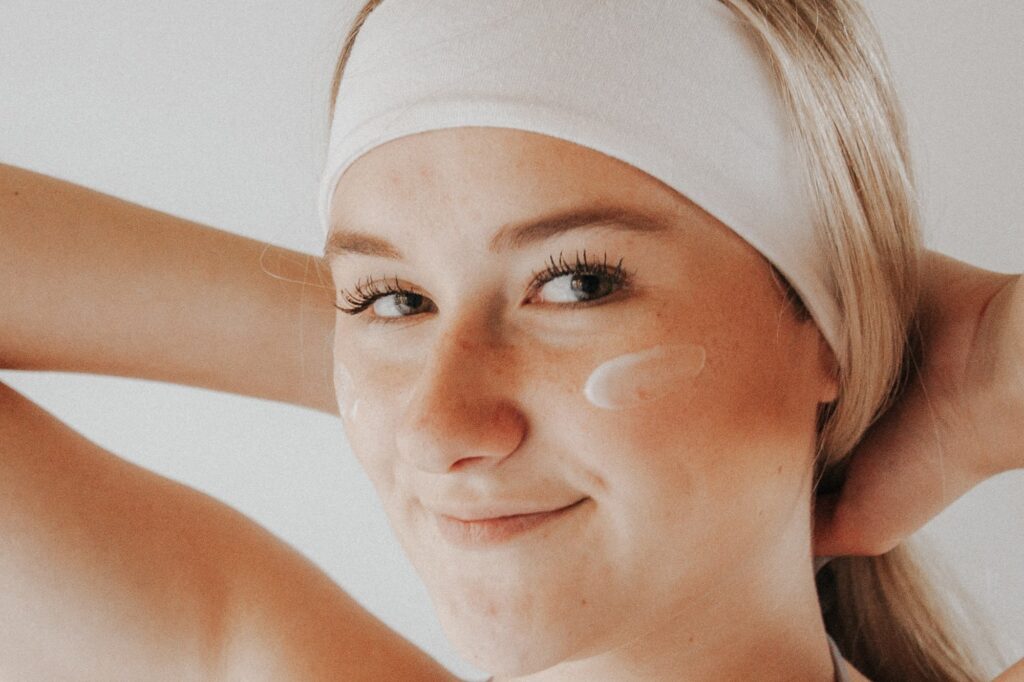According to Skin Inc. retail sales should account for 20% to 40% of your practice’s total revenue. The path to a successful retail business requires strategic planning and execution. In this blog, learn our four-step process to boost your practice’s skincare revenue.
- The Art of the Consultation
A successful retail sale starts at the beginning of the patient’s appointment during the skincare consultation. To begin the discovery process, we recommend starting with the 3 L’s: looking, listening, and learning. This step focuses on analyzing your patient’s skin and understanding their goals and their willingness to change. Once you ask your initial questions, clarify with the patient that you understand their goals and repeat key words and phrases back to them to verify this comprehension.
When consulting a patient on their skin, pay attention to three things:
- Skin Type: A combined expression of our genes and the climate in which we live. Types include normal, oily, dry, combination, or sensitive.
- Skin Phototype: Determined by using the Fitzpatrick Scale, which rates the amount of pigment in the skin and its tolerance to the sun.
- Skin Condition: These develop over time and apply to all skin types and skin phototypes. Acne, aging, pigmentation, and rosacea are examples of skin conditions.
- The Art of Recommendations
Next,focus on their home-care regimen. Using the information discovered in stage 1, educate them on the solutions available for at-home use that can supplement their other aesthetic treatments. Remember to ask them about their current skincare routine and offer information about products and ingredients including cleansers, moisturizers, serums, neck or body products, and SPF products.
Through the consultation, remind your patients that consistency with their daily routine is key for long term results.
- The Art of Selling
Tailor and customize your recommendations for each patient to increase your chances of closing the sale. In an AmSpa survey, 90% of patients receiving an aesthetic treatment said they expected a product recommendation, but only 30% reported receiving one.The same survey also found:
- When one home skincare product was sold to a patient, there was a 30% chance that the patient would return to the practice.
- When two home care products were sold to a patient, there was a 60% chance that the patient would return to the practice.
- When three home care products were sold to a patient, there was a 90% chance that the patient would return to the practice.
Understanding how product purchases can influence patient loyalty is critical to creating a recurring revenue stream for your practice.
- The Art of Closing the Sale
You’ve listened to your patient, acknowledged their concerns, and validated their feelings. Now, it’s go time. Using the information gathered from your time with the patient, begin to outline a step-by-step morning and night routine that meets their goals and provide your recommendation for products to purchase.
Education is key. Offer key ingredient information, product differentiators and skin education. Many patients are eager to learn and it’s important to design a skincare roadmap and aesthetics journey for your patients to maintain loyalty and long-term results.
Looking to learn more? Make sure you’re subscribed to our email list to be first to know about our upcoming Synergy EDU Skincare Workshops!



